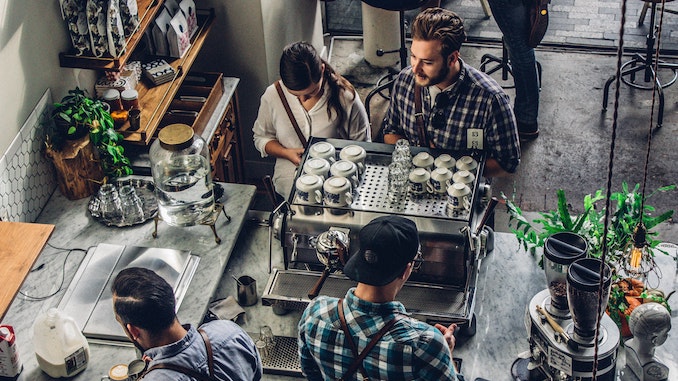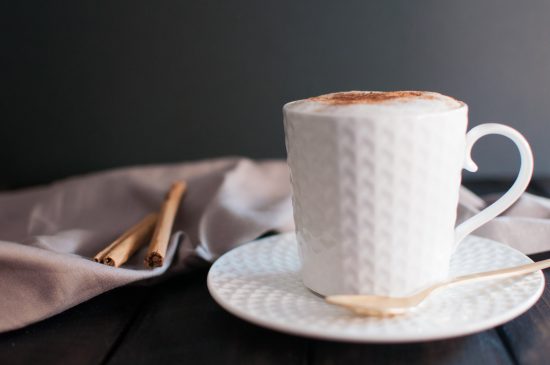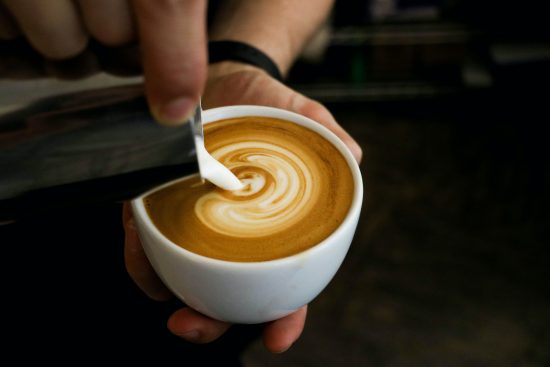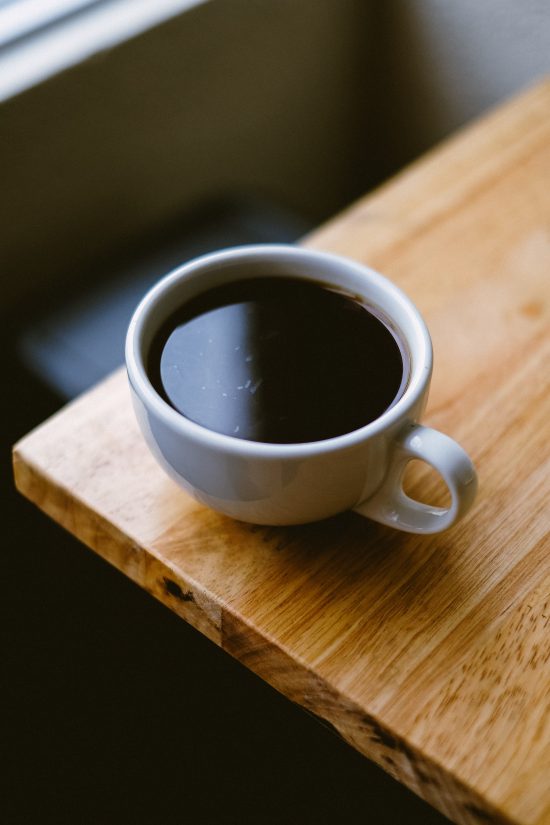
We offer suggestions on how to find the ideal drink a customer is looking for with these common menu items.
BY TOBIAS ANDERSON
SPECIAL TO BARISTA MAGAZINE ONLINE
Cover photo by Joshua Rodriguez for Unsplash
If you are a barista, you have probably experienced interactions with patrons ranging from awkward to downright unpleasant over what constitutes a particular coffee drink. Today, many cafés serve five drinks—all of which are different variations on nothing more than milk and espresso. However, the differences between lattes, cappuccinos, flat whites, cortados, and macchiatos are not as clear to some people as they may be to the barista.
This article is intended to provide the reader with tips on how to avoid unwelcome interactions with individuals who are approaching a menu at a specialty-coffee shop for the first time.
The Macchiato
Talking to countless baristas working in specialty coffee, they will likely explain how Starbucks has changed the perception of classic café drinks. Although many baristas may question the validity of a Starbucks espresso, the global giant is responsible for creating a menu that many have standardized as part of their working knowledge of coffee drinks. The brand’s untraditional use of traditional names for drinks can thus occasionally cause confusion during transactions at other coffee shops. A prime example of this is, of course, the macchiato.
Macchiato is Italian for “stained or marked.”
In Italy, where the drink originated, a macchiato can be one of two drinks: steamed milk “marked” with about half a shot of espresso, or espresso “marked” with a touch of foam. Some patrons will be expecting a very different drink if they order a macchiato, when the same name refers to at least 12 ounces of milk, sugar, and espresso topped with either caramel or hazelnut.
As a barista, being aware of both the traditional meaning and the popular interpretation can help to navigate the misunderstanding.
Here’s an example of how to respond to this order request:
Customer: “I would like a macchiato.”
Barista: “Lovely! Are you looking for a traditional macchiato, espresso with a touch of foam, or a bigger, sweeter drink?”
Responding in this way, by asking about the two different styles, will have the double benefit of getting the customer what they want and possibly offering them a new alternative in their coffee world.

Cappuccino
Here is another commonly misunderstood beverage. The specialty-coffee version of a cappuccino diverges quite a bit from the traditional Italian cappuccino. Where specialty cafés will make a cappuccino with a delicate microfoam, perfect for painting hearts and ferns, a traditional cappuccino carries a head of dry foam—resembling the white hoods of the Capuchin friars from whom the drink gets its name.
Being aware of the definitions behind these words helps both to avoid confusion and spur interesting conversation.
Example of cordial coffee dialogue:
Customer: “Can I get a cappuccino?”
Barista: “Of course, we make our cappuccino with only a light microfoam, is that alright with you? Or would you prefer a traditional Italian cappuccino, with drier foam?” Again, offering two solutions presents the customer with more choices and the chance to try something new.

A Regular/’Normal’ Coffee
Let’s face it: Coffee can be a touchy affair, and nothing can create an awkward standoff during a transaction like the order, “I’ll have a regular coffee.” Regular coffee is just brewed coffee, right? Well, yes sometimes. However, if you’re in New York or Boston, a “regular” often means coffee with cream and two sugars. Or, if your customer is southern European, a “normal” coffee is a single espresso—or there was that French family I tried to serve last week where, no matter what I offered, it wasn’t what they considered “un café ordinaire.”
Example of coffee dialogue:
Customer: “I’ll take a regular.”
Barista: Starts to sweat …

Only joking. The point here is that there is no one-size-fits-all answer to what constitutes a regular coffee. You, as the barista, can benefit from asking each customer about their traditional coffee outside of what your menu explains is one. Usually, with a little patience and friendly banter, you will be able to come to an agreement fairly quickly.
There is always a fine line between “being right” and keeping the customer satisfied when it comes to transactions, especially in the coffee world. Opening the floor for friendly conversation keeps both sides satisfied and respected at the end of the day.

ABOUT THE AUTHOR
Tobias Anderson (he/him) is a freelance writer and six-year veteran of the specialty-coffee industry. Coffee and conversation are the greatest joys in his life. You can reach him at tobiasandersonwork@gmail.com.

